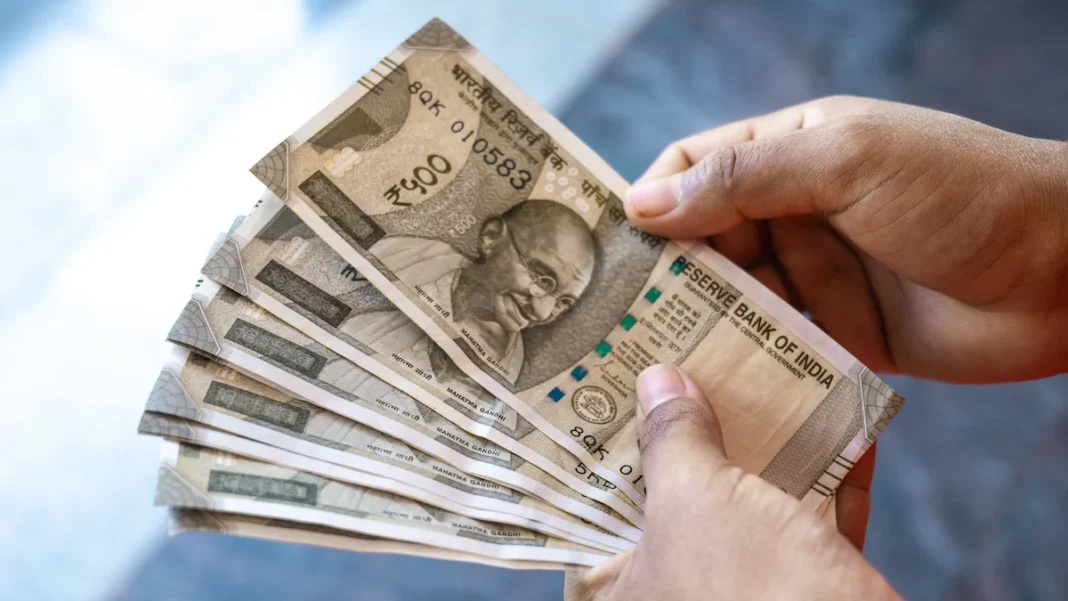In a significant development, the Indian rupee has plunged to an all-time low, hitting a rate of 86.39 per US dollar on January 13, 2025, surpassing its previous record low of 85.97 just days earlier.
The rapid depreciation of the currency comes as a result of a confluence of global and domestic factors, creating a ripple effect on the nation’s financial markets.
Factors Behind the Fall
Several key drivers have been responsible for this sharp decline in the value of the rupee, among which the following stand out:
- Strong US Dollar One of the primary reasons for the rupee’s depreciation is the strength of the US dollar. Positive data from the United States, especially robust employment numbers, has boosted investor confidence in the greenback. As the US economy shows resilience, the dollar becomes a more attractive asset, drawing funds away from emerging markets, including India. The resulting pressure on the rupee has been exacerbated by investors moving towards safer-haven currencies like the dollar.
- Weak Capital Flows Another significant factor contributing to the rupee’s fall is the decline in foreign capital inflows. In January 2025 alone, foreign investors withdrew over $4 billion from Indian markets, a reflection of both global economic uncertainties and concerns over domestic growth. As global investment sentiment remains cautious, the rupee continues to face downward pressure.
- Rising Crude Oil Prices Crude oil prices have been on the rise globally, and as India is one of the largest importers of oil, this surge in oil prices is negatively impacting the rupee. The higher oil prices increase India’s import bill, putting additional strain on the Indian currency. With a larger outflow of foreign exchange required to pay for oil imports, the rupee faces a supply-demand imbalance, further driving its depreciation.
Central Bank’s Response
In response to the rupee’s plummeting value, the Reserve Bank of India (RBI) has likely stepped in to support the currency.
Traders have speculated that the RBI has been actively selling dollars in the foreign exchange market to ease the downward pressure on the rupee.
While such interventions may temporarily stabilize the currency, the effectiveness of such measures in the long run remains uncertain, particularly as the factors driving the dollar’s strength continue to persist.
Impact on the Economy
The falling rupee can have wide-reaching consequences across various sectors of the Indian economy.
For importers, particularly those reliant on crude oil, machinery, and other foreign goods, the rising cost of imports could lead to higher inflationary pressures.
This, in turn, may lead to increased prices for everyday consumers.
On the flip side, exporters may benefit as Indian goods become cheaper for foreign buyers. However, this benefit could be short-lived if the depreciation becomes too sharp, causing concerns about the overall stability of the currency and economy.
For the common citizen, a weaker rupee could result in higher prices for imported goods and services, as well as increased travel costs, especially for those who plan to go abroad. Additionally, the increased cost of foreign debt servicing could strain businesses and government finances.
Looking Ahead
While the RBI’s interventions may provide temporary relief, the outlook for the Indian rupee remains uncertain.
A continued rise in crude oil prices, coupled with sustained strong US economic performance and weak capital flows, could mean the rupee may struggle to regain its strength in the near future.
As India navigates these challenges, stakeholders in both domestic and international markets will be closely watching the currency’s movements, as the implications of this decline ripple through the broader economy.
For now, it remains to be seen whether the rupee can stabilize or whether it will continue its downward trajectory, driven by both external pressures and internal market dynamics.
Also Read
Standard Glass Lining Technology Makes Strong Debut on Indian Stock Exchanges
Laxmi Dental IPO Makes Debut: Day 1 Updates and Key Insights

